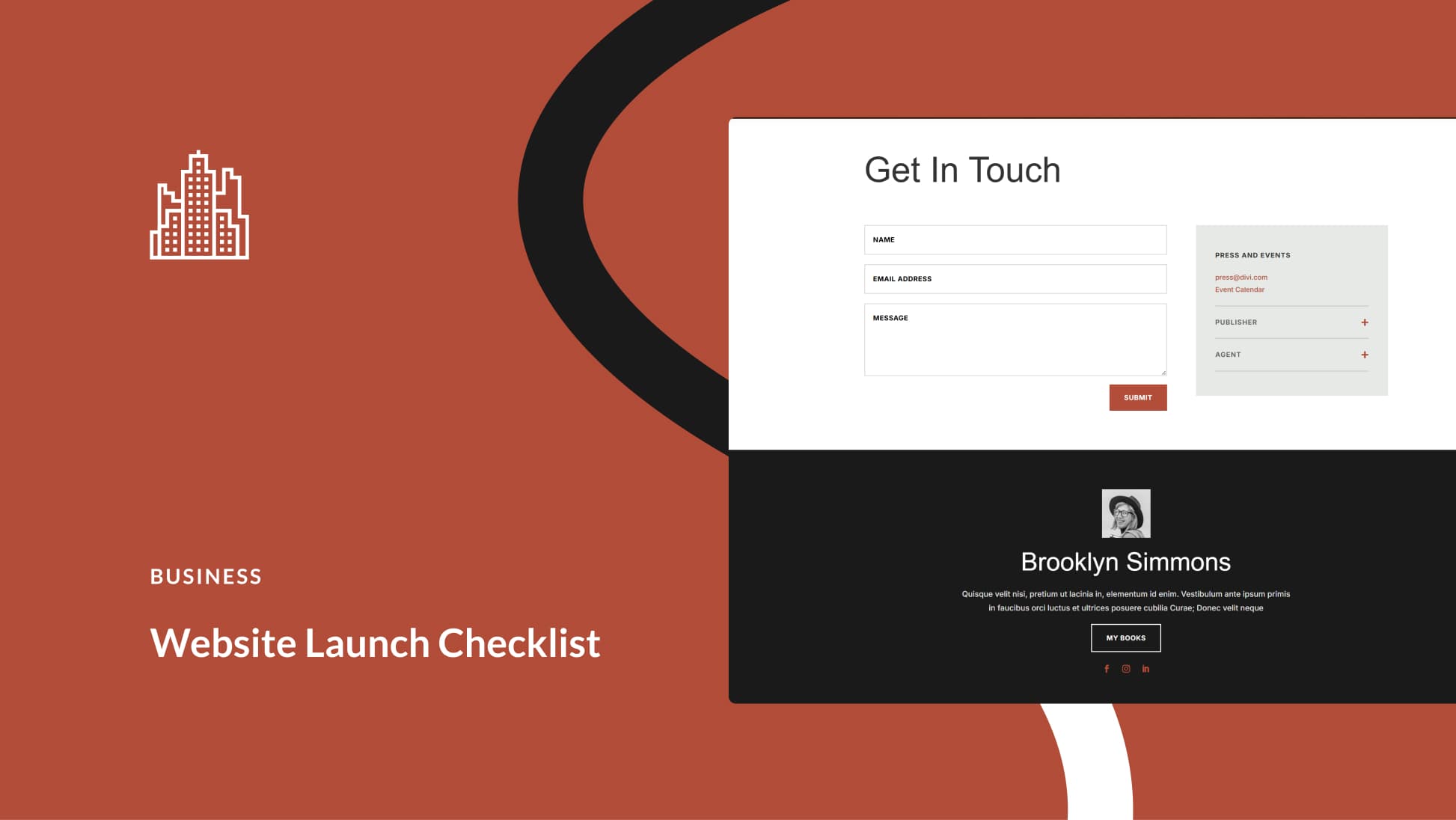Meetings are a contentious topic in many businesses and industries. Often viewed as a necessity, they’re also criticized for frequently being an exercise in wasted time and energy. This has led many to search for a better way to conduct meetings within their companies.
In this post, we’ll be looking at one technique that’s become increasingly popular – stand up meetings. We’ll explain what they are, and how to give them a try to see if they work for your business.
Let’s talk!
The Problems With Traditional Company Meetings
Just about everyone knows what a traditional meeting looks like within the average company. Anywhere from several people to dozens of employees gather in a conference room and sit around a table, sharing updates and making plans. Donuts or bagels are often involved.
If you’ve ever been in one of these meetings, you know they can often feel like a waste of time. In many cases, they’re simply an obligation rather than a necessity, and result in a lot of talk without much actually getting done. They can drag on for too long as well, taking up valuable time that could be spent on actually working.
There’s a temptation to table a motion to abolish meetings (ironically, at a meeting.) In some companies, where employees largely work independently, this may work. However, other teams still need the opportunity to make sure that everyone is on the same page.
An Introduction to Stand Up Meetings
The problem for many managers is: How do I continue to conduct meetings, but maximize their effectiveness while minimizing their disruption to my team’s working day? Stand up meetings are one potential solution that many companies have begun to explore.
The concept behind a stand up meeting is very simple. It’s identical to the meetings we described earlier, except that all attendees remain standing up. Everyone gathers together in a convenient location to have a quick meeting, but people stay on their feet.
The philosophy driving the stand up meeting is also pretty straightforward. The discomfort of standing in one place – rather than sitting down at a desk or table – is meant to keep employees from lingering over the meeting and spending more time on it than is necessary. Instead, the fact that everyone remains standing is a reminder to keep discussions short and to-the-point, and to wrap up the meeting as quickly as possible.
What a Stand Up Meeting Looks Like in Practice
Like any simple concept, the stand up meeting is used in a variety of ways by different teams and companies. While the core philosophy remains the same, the frequency, locations, and formats can vary quite a bit.
When it comes to frequency, many businesses opt for daily stand up meetings. This gives everyone a chance to quickly check in and share vital informational on a day-to-day basis, and is useful for teams that work on highly-collaborative projects. On the other hand, more independent teams and those working on long-term projects can often do just fine with weekly stand up meetings instead.
As for location, stand up meetings can be held pretty much anywhere. It’s often most convenient to hold them in a dedicated conference room. However, keeping them out in the common space enables everyone to join in, and can be an excellent way to quickly touch base at the beginning of each working day.
Finally, stand up meetings vary most widely in format. Still, in most cases they are highly structured, since this keeps people from being tempted to linger too long or go off topic. Most successful implementations involve setting a standard structure from the start.
For example, each team member might take turns sharing what they did the day before, what they’ll be working on today, and what questions or problems they have that other team members may be able to help with. To keep things short, stand up meetings typically involve this kind of ‘turn-taking,’ rather than a lot of back-and-forth conversation.
How to Conduct a Successful Stand Up Meeting (4 Quick Tips)
The best way to determine whether stand up meetings work for your business is to give them a try. In order to get the best results, here are four quick tips that can help you make sure your meetings are as effective as possible.
1. Determine Your Goals
Like almost anything else in the business realm, your stand up meetings will be more successful if you have clear goals. You need to know what you’re looking to accomplish via your meetings, so you can set the right tone and determine their effectiveness over time.
Your primary goal may vary, but some examples include:
- Keeping everyone updated on each team member’s progress and/or activities.
- Setting goals and plans for the coming day or week.
- Identifying challenges and problems that need to be solved.
Since stand up meetings are short, avoid the temptation to try and accomplish too many things at the same time. Instead, focus on one or two specific goals, or consider setting up different meeting times for specific purposes.
2. Set Clear Expectations from the Very Start
Once you have your goals in place, you’ll need to communicate expectations to your team. Everyone should have a clear picture of what the stand up meetings will look like, in order to minimize confusion and streamline the process.
Consider having an initial meeting or sending out an internal memo outlining the stand up meeting’s expectations. This may include:
- How long the meetings will last
- Where (and when) they will take place
- What each team member is expected to bring or prepare
- How the meeting will be conducted
- When the meeting will end
For example, you might set your stand up meetings to last 10 to 15 minutes. Each person will spend 30 to 60 seconds answering a set number of questions or responding to a specific prompt, and the meeting will end when each person has spoken.
It’s also important to communicate your expectations in terms of conduct. You can make it clear that these meetings should be professional, for example, and that small talk and personal comments should be avoided.
3. Give Everyone an Equal Chance to Speak
Stand up meetings can be an excellent way to make sure everyone feels like an equal part of the team. However, you can’t do that if specific employees are monopolizing the conversation – something that frequently happens in more traditionally-structured meetings.
Therefore, to promote engagement and make sure your meetings are encouraging the right results, ensure that everyone has their time to speak. This means:
- Setting time limits on how long each person can speak
- Not permitting interruptions – each team member needs to wait for their turn
- Making sure everyone gets the opportunity to say their piece
Naturally, your stand up meeting may identify items that need to be addressed in more detail. Those conversations can take place between the relevant team members at a later date, in a more relaxed setting. In contrast, your stand up meetings should be clearly focused on providing information that is relevant and useful to everyone involved.
4. Use the Right Tools to Streamline Your Meetings
Technically speaking, stand up meetings don’t require any specific tools. However, some solutions can help to streamline the process and keep it focused.
This is particularly relevant if your stand up meetings are being conducted remotely, either because it makes sense for your business or due to the current global pandemic. In that case, you may want to look into digital tools that can help everyone stay on the same page, such as:
- Asana: A centralized dashboard for managing large projects and breaking them down into individual tasks.
- ClickUp: A collaborative platform with tools for assigning tasks, communicating within teams, tracking goals, and so on.
- Zoom: A videoconferencing tool that’s become invaluable to many businesses in today’s climate.
You can conduct stand up meetings via videoconferencing, voice, chat, or just about any other method. Even if everyone can’t literally be standing in the same room, keep the core goal in mind – short and quick meetings focused on sharing vital information.
Conclusion
If you’re not happy with how your meetings are currently conducted, but you can’t afford to ditch them altogether, stand up meetings can be an excellent solution. This technique is designed to maximize the benefits of getting everyone together to share information, while minimizing time wasting and distractions.
Conducting successful stand up meetings isn’t hard – it just takes a little preparation. As a reminder, here are a few things to keep in mind:
- Determine your goals.
- Set clear expectations from the very start.
- Give everyone an equal chance to speak.
- Use the right tools to streamline your meetings.
Have you tried running a stand up meeting, and what was your experience like? Share with us in the comments section below!
Article Thumbnail Image Bakhtiar Zein / shutterstock.com.









So, in the times of COVIT19 with social distancing still in place, instead, I would use Slack for video conferencing and Trello for presenting what is on the board.
Thanks for the suggestions, John. Those are excellent alternatives!